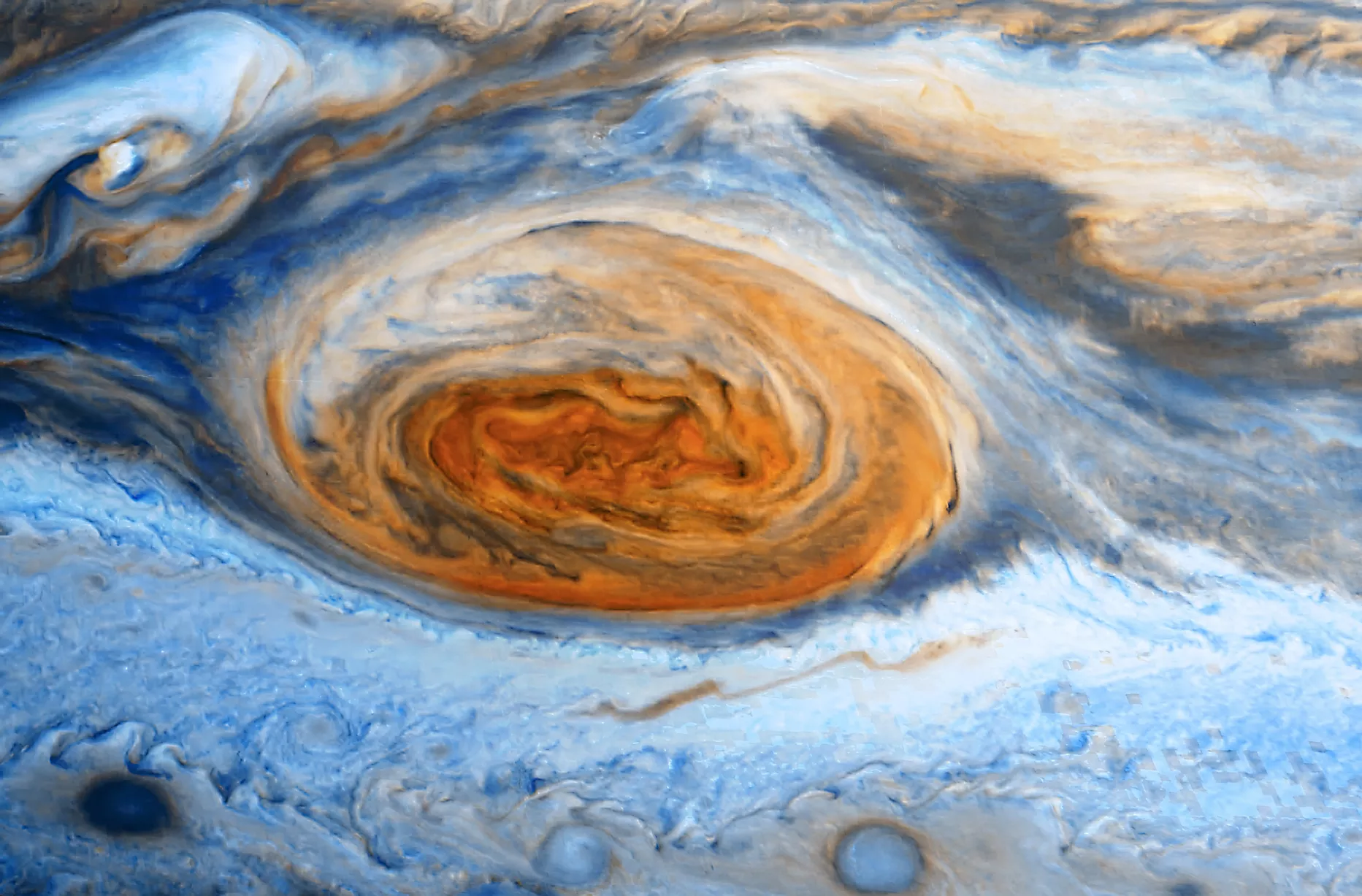In brief: Astronomers have been studying Jupiter's iconic Great Red Spot for more than 150 years yet surprisingly, new details continue to surface. The latest discovery comes courtesy of NASA's Hubble Space Telescope.
The space agency collected imagery from Hubble over a roughly 90-day period between December 2023 and March 2024 as the telescope focused on the largest known storm in the solar system. During this period, Jupiter ranged from 391 million to 512 million miles away from Earth. Individual observations were stitched together to create a single time-lapse image that revealed a previously unknown characteristic of the colossal storm.
Amy Simon from the Goddard Space Flight Center at NASA said that while they knew the storm's motion varied slightly in its longitude, they did not expect to see its size oscillate like this. For lack of better words, it jiggled like a bowl of gelatin. "As far as we know, it's not been identified before," Simon said.
NASA currently has no explanation as to what exactly is causing the unexpected behavior but hopes that future high-resolution images can help unlock the mystery.
Hubble, which launched into low Earth orbit in 1990, is used on an annual basis to observe Jupiter and other planets as part of the Outer Planet Atmospheres Legacy program, which started a decade ago. These new observations, however, originated from a separate program meant to study the Great Red Spot.
NASA has watched the size of the storm shrink over the past 10 years, and expects the trend to continue. As a result, the GRS will likely become more stable and less elongated At that point, surrounding wind bands will more or less be holding the spot in place.
Studying weather on other planets will no doubt lead to a better understanding of the universe in general, and might even help meteorologists here on Earth with forecasting massive storms like hurricanes.
A paper on the subject titled, A Detailed Study of Jupiter's Great Red Spot over a 90-Day Oscillation Cycle, has been published in The Planetary Science Journal.
